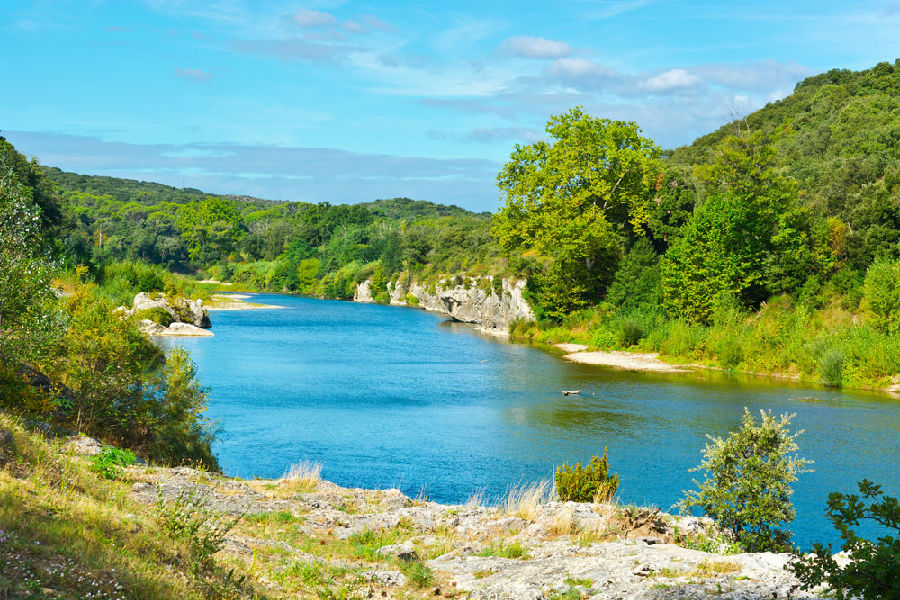This is Scientific American — 60-Second Science. I'm Christopher Intagliata.
Last week, tens of thousands of gallons of sewage gushed into urban streams in Baltimore, because of leaky pipes and flooding rains. And when that happens, it's not just organic matter and microbes that get flushed into aquatic habitats. It's drug residues, too: caffeine, antihistamines, headache drugs... even amphetamines and heroin.
Researchers actually detected all those drugs a few years ago, in a survey of urban and suburban streams in Baltimore. And they wanted to see what effect illegal drugs, like amphetamines, might have on aquatic ecosystems. So they built artificial streams in the lab, stocked with insects and real creek rocks—slippery ones with biofilms of algae and bacteria growing on them. Then they doped half the streams with amphetamine residues—similar to the concentrations found in real urban streams.

After three weeks, the mix of microbial life in the amphetamine-laced streams changed significantly, compared to the untainted waters. And insects like midges emerged earlier than usual—suggesting that drug residues might be able to alter food webs underwater, and on land, too. The results appear in the journal Environmental Science and Technology.
Previous studies have shown that even treated sewage has lots of drug residues in it—because most wastewater treatment plants weren't built to filter out pharmaceuticals. One solution, the researchers say, is more up-to-date wastewater infrastructure. Think of it as preventive medicine…for the nation's aquatic life.
Thanks for listening for Scientific American — 60-Second Science Science. I'm Christopher Intagliata.












